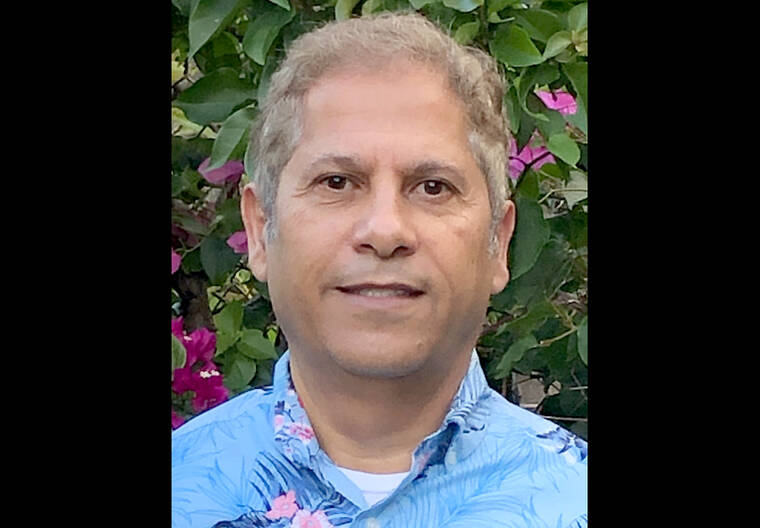Tax incentives and low-interest loans as well as the creation of an enterprise fund through a utility surcharge are three options being bandied about to help the state convert its 88,000 cesspools into something less harmful to the environment by 2050.
The state Cesspool Conversion Working Group is currently finalizing its recommendations to the state Legislature, and the county plans to create a sewer master plan to tackle its own problems with the estimated 50,000 cesspools on this island.
The master plan is likely to be a stitched-together set of local plans, Environmental Management Director Ramzi Mansour told the county Environmental Management Commission Wednesday.
Commissioner Rick Gaffney has unearthed a 2006 wastewater study of North Kona that he didn’t know existed.
“It’s another good example of planning that sits on a shelf rather than being implemented,” Gaffney said.”Something that was seen as essential in 2006 and nothing has been done. … It’s another example of county administration kicking the can down the road.”
Mansour said his understanding was the wastewater study was based on a plan by a developer to create a large resort and commercial project on 1,000 acres there.
“My understanding is the development did not go through and the master plan did not go through as well,” Mansour said. “Technically, we are under the mercy of developers. If developers want to come in and develop they have to provide the infrastructure for their development. … It’s beyond the county’s control … the county did not kick it down the road; it’s just developers backed away.”
Still, said Gaffney, the county can take advantage of the earlier work as it sets about creating its master plan.
“This master plan has an advantage of being something we can use as a template to grow the larger master plan process,” Gaffney said.
The cost to upgrade all of the state’s roughly 88,000 cesspools was several years ago estimated at $1.75 billion.
But costs continue to escalate, said Mansour. A roof repair project for a sewer pump station where rain water is leaking into the main control panel was estimated by the county to be $200,000. But the low bidder of two bids wants $442,000 and the only other bidder wanted about $700,000, he said.
The county has employed a combination of neighborhood improvement districts, along with low-interest state loans and grants to begin the process.
The Lono Kona project, for example, connected 145 assessment units, or the equivalent of 268 single-family homes, across 110 lots to a sewer system. Property owners in 2015 voted to tax themselves about $498 annually to pay at a very low interest rate for what was then a $6.2 million project. The rest of the cost was being picked up by the county and federal grants. The county kicked in another $5 million after the project cost escalated to $11 million.
Puako, with 150 cesspools, could see a higher price tag if residents decide to go that route. Based on earlier county estimates, they could face monthly bills of $200-$800 for 20 to 30 years, just for their system alone.
That project got a boost earlier this year when Gov. David Ige released $1.5 million to get the design work started. The county agreed to provide an additional 20% match, or $300,000.



